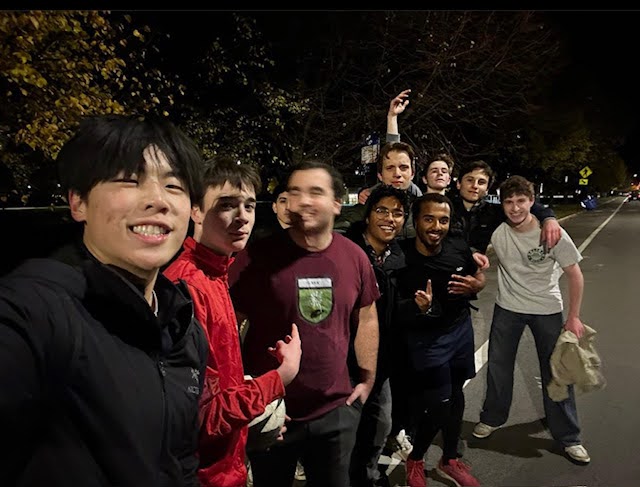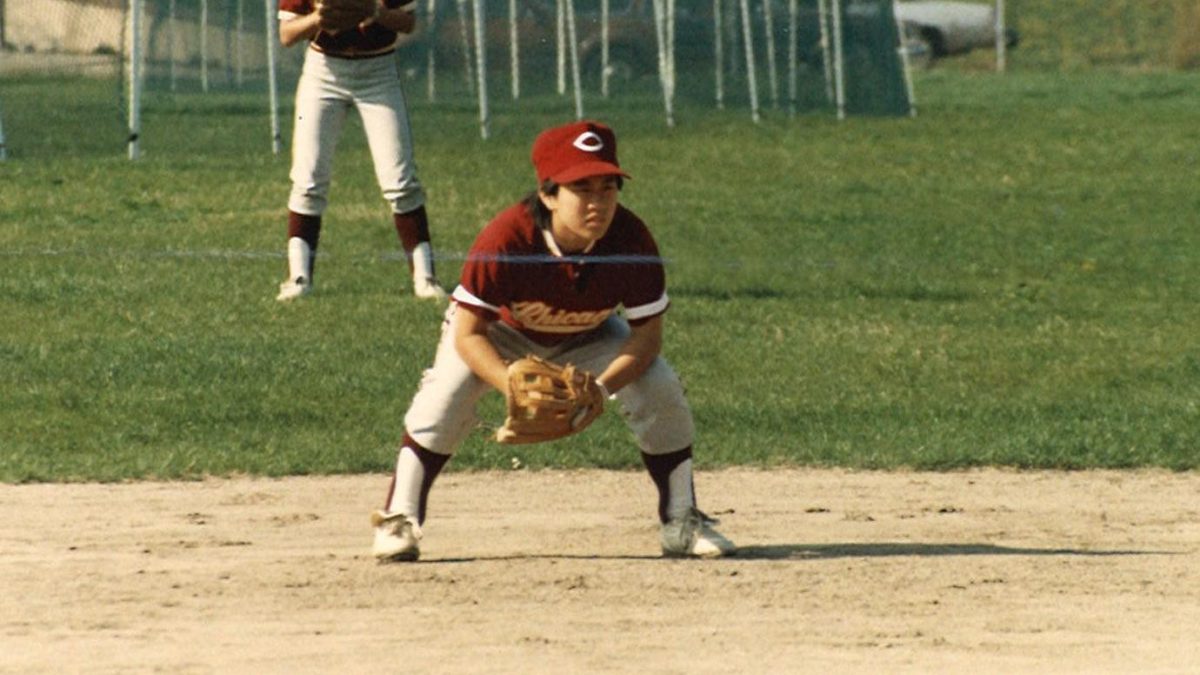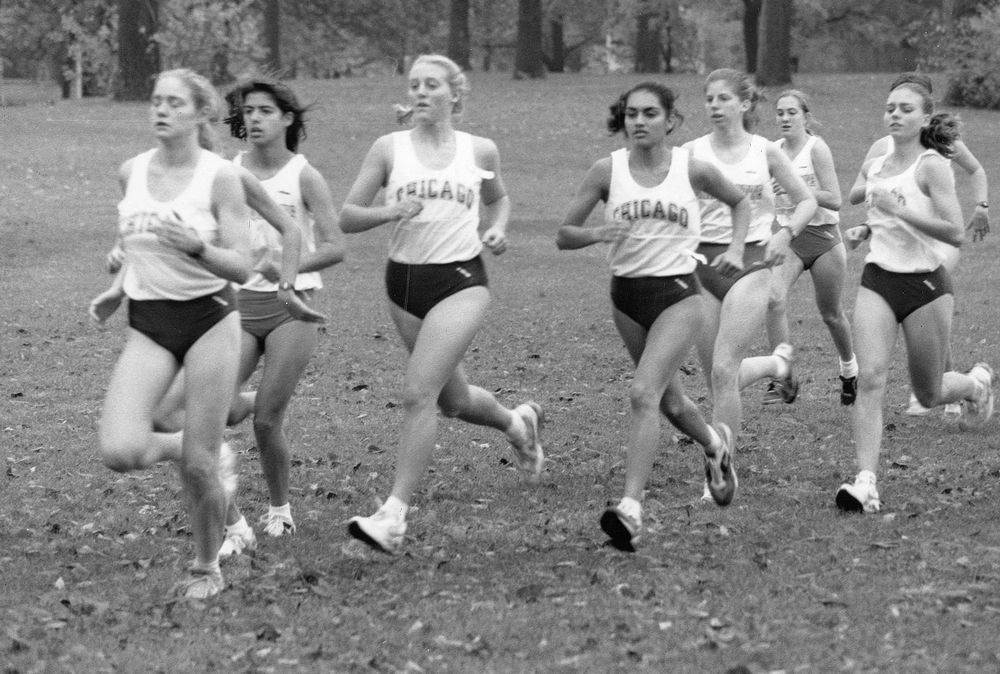It’s not the prettiest soccer you’ll ever see. It’s definitely not the most technically sound competition around. And it’s certainly, certainly not filled with world-class, top-flight talent.
But every year, around mid-December, I look forward to watching some of the most entertaining, compelling soccer of the year.
The College Cup.
On both sides of the ball, the College Cup boasts all you could possibly want from a competition, and more. The intensity level rises, teams and schools get into the spirit of the tournament, and national television stations, like ESPN, finally get interested.
The women’s side, somewhat unlike the men’s, generally features the usual suspects, with Portland, Santa Clara, Stanford, and, of course, North Carolina, fielding the best talent in the sport. Also, unlike the men’s competition, UNC usually comes out on top. This year, UNC lost to Santa Clara in the semifinals, and Portland wound up taking the championship home. Don’t worry, though, North Carolina will be back. In a program where anything less than a national championship is a failure, the Tar Heels will regroup. They’ll gather even more talent and put together a stronger run later. No one has ever managed to take the crown away from UNC for more than a couple of years or so.
On the men’s side of things, the competition also has some usual suspects, but not to the extent found in the women’s game. Indiana, Stanford, UCLA, St. Johns, and a few other schools, usually have some pretty good teams, but nothing is ever taken for granted. Indiana has put together some great runs with coach Jerry Yeagley, but the Hoosiers don’t come close to the Tar Heels’ dominance. Indiana doesn’t exactly fuel the men’s national team with players (as UNC does for the women’s national team), and there isn’t always a clear separation between Indiana and everyone else.
This year, Indiana bowed out early, not making it past the third round. Last year, Indiana lost to a surprising UNC men’s side, so the Hoosiers have been a bit unlucky of late. This year, UCLA faced off against Stanford in a classic West Coast matchup. As mentioned previously, though, this competition does not feature world-class talent or even too many truly exciting future professionals. The MLS seems more and more intent to field younger talent. Promising Project-40 college players usually jump to the pros early as well.
As always, physical play–indeed, at times, overly physical play–marked the action on the field. Watch the championship game on ESPN2 for 10 minutes, and you’d definitely see the callous fouls, the scything legs, and the incessant jersey tugging that characterized the tournament. Heck, a blatant kick to the groin even made Sportscenter highlights. This is hardly an arena for many fanciful players.
In the end, of course, as usually happens even in physical matches, the talent and the players with savvy managed to rise to the top. UCLA’s Ryan Futagaki hit a cross into the box, and Aaron Lopez deftly touched the ball into the net. One small moment of skill, but, with that moment, UCLA walked off with the championship.
Futagaki certainly deserves special mention. One of the most exciting players on the field, he continues to impress with his speed and poise on the flanks. In many games, Futagaki stood as the X factor, playing with a seemingly tireless energy, constantly threatening the opposition.
Of course, when one hears Futagaki’s story, his insatiable pool of energy begins to make a little more sense. Futagaki’s father passed away this past year, and the UCLA player dedicated this entire season to his dad. Perhaps his father was helping him somehow, but, for whatever reason, Futagaki had those precious reserves of energy and will that separate the mediocre from the best. In the 88th minute, Futagaki concentrated, hit a strong, waist-high cross into the box, and the cross’ placement allowed Lopez to connect.
Game, set, and match.
Most fans around the world simply wouldn’t care much for the College Cup. An English second division reserve side could probably bat away these college players, and, certainly, a Dutch reserve side would have a field day against the physical–but not necessarily overly talented–American players. The excessively direct, and sometimes needlessly physical, college play still raises worries. The constant production of big forwards, big defenders, and then slightly smaller midfielders lends itself to the bang-it-out play on the field. There seems to be little room for the crafty forward, or for the lithe defender (check Ashley Cole, or to a lesser extent, USA’s Frankie Hejduk) who adds to the attack. Hopefully, in the future, the college game will change a bit.
Until then, however, the College Cup still remains one of the most compelling competitions around. Gritty, intense, and riveting, despite what the rest of the world might say, the winners of this competition can deservedly be called one and only one thing:
Champions.







